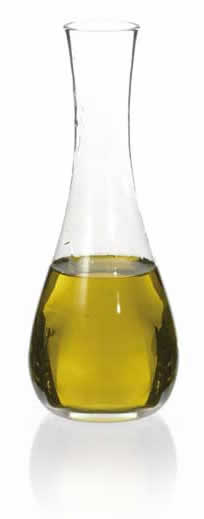
Travel
Olive Oil
California Oil
Which country will produce more olive oil in 2008 -- France or the United States?
If you said the United States, you’re correct. When it comes to variety, freshness and quality,
the home team is strong.
By: Tom Passavant

American olive oil (99 percent of which is produced in California) was virtually unheard of 10 years ago, but it’s suddenly big business. Demand has surged, driven by the health benefits of olive oil, the growing sophistication of American palates and the rising price of European olive oil. This year the United States will produce 750,000 gallons of olive oil, up 50 percent from just a year ago, surpassing France for the first time. At the rate olive trees are being planted in California, the United States may even overtake Spain and Italy, the top two producers, in another decade.
“We have the highest standards in the world for certifying extra virgin olive oil,” said Patricia Darragh, executive director of the California Olive Oil Council. Her organization includes some 80 percent of California’s 425 producers as members; each must undergo annual tests to verify that their oil meets standards for purity, acidity and more. (Olive oil with acidity levels below .5 percent is designated by the council as “extra virgin,” which is the gold standard for both taste and purity.) 
Freshness is also extremely important. “Olive oil is, after all, a fruit juice, with nothing added to it, so it is highly perishable,” notes Darragh. Buying any bottle that is more than a year old -- or has no date on it at all -- is asking for trouble. Olive oil is also very susceptible to damage from heat or light, so the less shipping and storage an oil undergoes, the better. Little wonder that buying your favorite oil direct from a California producer is increasingly popular.
Quality and purity are two traits that cannot be taken for granted these days with some imported olive oils. Italy, in particular, has been wracked by scandals in which lower-grade oils were passed off as extra virgin, while others were adulterated with various non-olive oils.
Beyond assurances of quality, another factor that makes California olive oil so interesting is the variety of olives it uses. Whereas Italy, Spain, France and Greece (another large producer) each use perhaps a dozen different olive types, California producers have planted over 75 types of olive trees, from Abadejo to Willsoni. On the Internet, www.oliveoilsource.com describes the output of 450 producers, often with links to their Web sites.
Two good places to start exploring the flavors of California olive oil are those produced by Lila Jaeger and Nan McEvoy. Both women are revered pioneers in the industry (Lila Jaeger passed away in 2002; her family now runs the company), and their oils are top-notch. Jaeger’s is among the excellent oils offered by The Olive Press (www.theolivepress.com), which is not a publisher but a place that presses oil for numerous small growers and also makes its own; it’s an invaluable resource. McEvoy Ranch oils (www.mcevoyranch.com) can be ordered online and also found at Whole Foods Market stores. Both makers’ products, priced around $20 to $24 for 375 milliliters, are in the peppery-grassy Tuscan style, especially the McEvoy; for a taste of softer, fruitier oils, try the well-priced offerings from California Olive Ranch (www.californiaoliveranch.com; $14). Additional sources can be found at www.cooc.com.